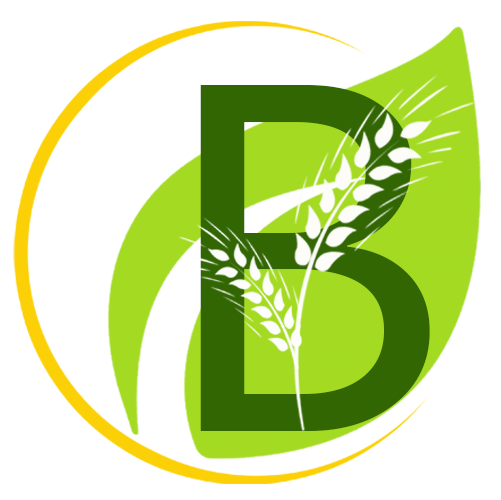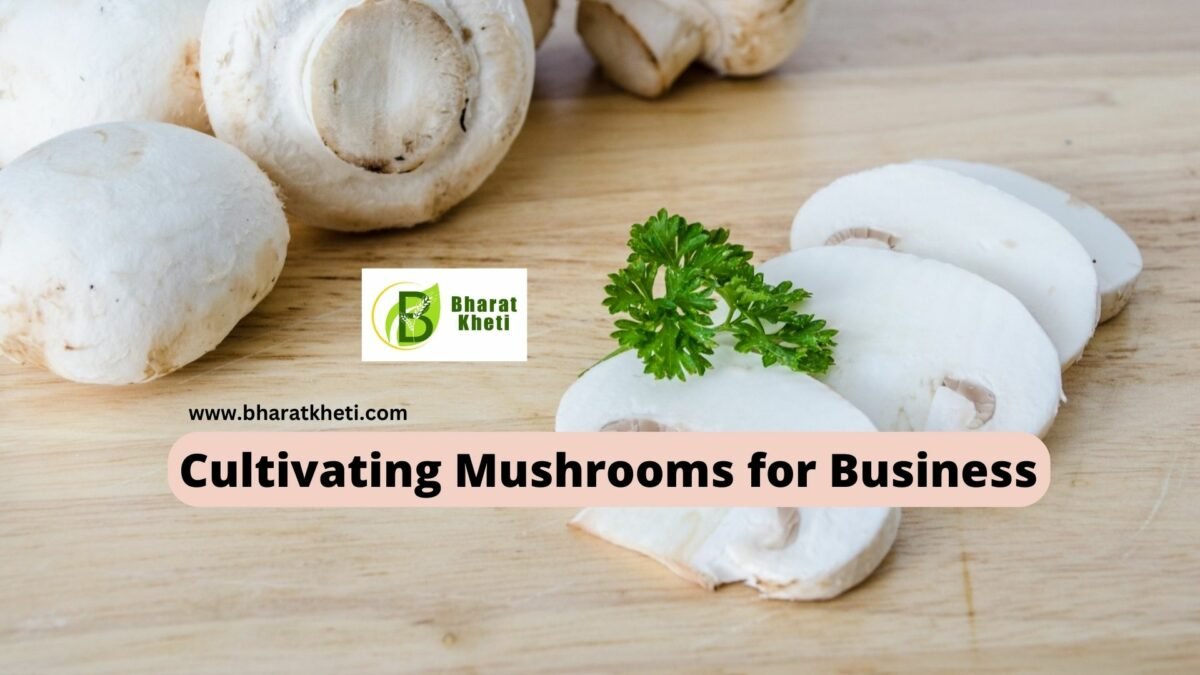As demand for healthy, sustainable food grows, the market for specialty crops like mushrooms has exploded. According to a report by MarketsandMarkets, the global mushroom market is projected to reach $78.6 billion by 2023, up from $50.4 billion in 2018.
Cultivating Mushrooms for Business
If you’re interested in starting a mushroom business, this guide will provide you with a comprehensive overview of the process, from selecting a mushroom species to marketing your product.
Choosing the Right Mushroom Species
Mushrooms come in a variety of species, each with its own unique flavor and nutritional profile. Some of the most popular species for commercial cultivation include:
Shiitake Mushrooms
Shiitake mushrooms are one of the most commonly cultivated mushrooms in the world. They have a meaty texture and a savory, umami flavor that makes them a popular ingredient in Asian cuisine. Shiitake mushrooms are also a good source of protein, B vitamins, and antioxidants.
Oyster Mushrooms
Oyster mushrooms have a delicate texture and a mild, slightly sweet flavor. They’re a good source of protein, iron, and fiber, and are commonly used in soups, stir-fries, and salads.
Portobello Mushrooms
Portobello mushrooms are large, meaty mushrooms with a rich, earthy flavor. They’re often used as a meat substitute in vegetarian dishes, and are a good source of protein, fiber, and minerals.
Button Mushrooms
Button mushrooms are the most common mushroom variety found in grocery stores. They have a mild flavor and a firm texture, and are often used in soups, stews, and sauces.
Growing Mushrooms
Once you’ve chosen the right mushroom species for your business, the next step is to learn how to grow them. Mushroom cultivation requires a specific set of conditions, including:
- Proper temperature and humidity levels
- Adequate ventilation
- Proper lighting
- Nutrient-rich substrate
Substrate Selection
The substrate is the material that the mushrooms will grow on. Different mushroom species require different substrates, but some common options include straw, sawdust, and compost.
Spawn Production
Spawn is the vegetative tissue of the mushroom that is used to inoculate the substrate. You can either purchase spawn from a supplier or produce it yourself using a mushroom culture.
Inoculation
Once you have your substrate and spawn, it’s time to inoculate the substrate. This involves mixing the spawn with the substrate and allowing the mushrooms to grow.
Harvesting
Mushrooms are typically ready to harvest within a few weeks of inoculation. To harvest, simply cut the mushrooms off at the base of the stem.
Marketing Your Mushrooms
Once you have a successful crop, the next step is to market your product. Some strategies to consider include:
Selling to Local Restaurants and Grocers
Restaurants and grocery stores are always on the lookout for fresh, high-quality produce. Reach out to local establishments and offer to sell them your mushrooms.
Farmers’ Markets
Farmers’ markets are a great way to connect with consumers and sell your mushrooms directly to the public.
Online Sales
Consider setting up an online store to sell your mushrooms to a wider audience. This can be a great way to reach customers outside of your local area.
Starting a mushroom business can be a rewarding and profitable endeavor. With the right species selection, growing techniques, and marketing strategies, you can create a successful business that provides healthy, sustainable food to your community.


